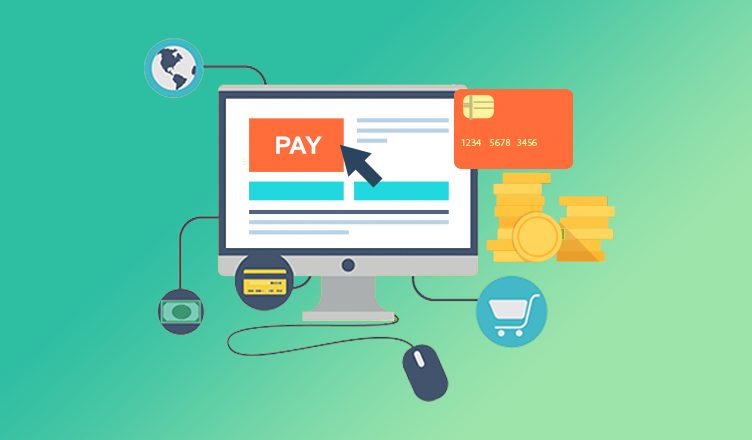Running a small ecommerce business is a whirlwind. You’re constantly juggling inventory, marketing, customer service, and (of course) keeping the money flowing. But in all the daily hustle, one crucial aspect of financial health often gets overlooked: payment terms.
Believe it or not, the terms you offer your customers can significantly impact your cash flow, the lifeblood of any small business. So, let’s dive into why payment terms matter and how you can leverage them for a healthier financial bottom line.
Payment Terms 101:
Payment terms essentially dictate the timeframe and method by which your customers settle their invoices. Common examples include:
Net 30: Customer has 30 days from the invoice date to pay.
Net 60: Customer has 60 days from the invoice date to pay.
Credit card: Customer pays immediately at checkout (processing fees may apply).
Cash on delivery (COD): Customer pays upon receiving the goods.
The Cash Flow Impact:
Longer payment terms (like Net 60) might seem attractive to customers, but they can create a cash flow gap for your business. You’ve shipped the product, incurred costs, but haven’t received the money yet. This can make it difficult to pay your own suppliers, manage overhead, or reinvest in growth.
On the other hand, shorter payment terms (like credit card or COD) ensure a quicker inflow of cash. However, they might deter some customers who prefer extended payment options.
Finding the Sweet Spot:
The ideal payment term depends on several factors, including your industry, average order value, and customer base. Here are some tips to find the sweet spot:
Industry Standards: Research common payment terms in your ecommerce niche.
Customer Preferences: Gauge your customers’ comfort level with different payment options through surveys or feedback.
Payment Processing Fees: Consider any fees associated with credit card or other online payment methods.
Cash Flow Needs: Analyze your business’s expenses and determine a timeframe that works for your financial well-being.
Beyond the Basics:
Offer Incentives for Early Payment: Consider discounts for customers who pay within a shorter timeframe (e.g., “5% off if paid within 10 days”).
Communicate Clearly: Clearly state your payment terms on your website and invoices.
Set Late Payment Fees: Implement reasonable late payment fees to discourage delays.
Consider Payment Processing Solutions: Explore online payment processors that offer fast and secure transactions.
By understanding the role of payment terms and strategically setting them, you can take control of your cash flow and fuel the growth of your ecommerce business.
Bonus Tip: Integrate accounting software with your ecommerce platform to automate invoice generation and track outstanding payments more efficiently.


